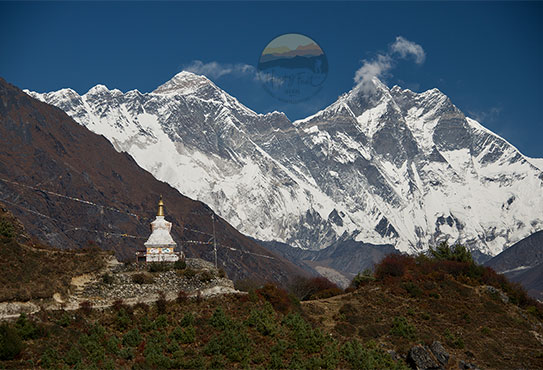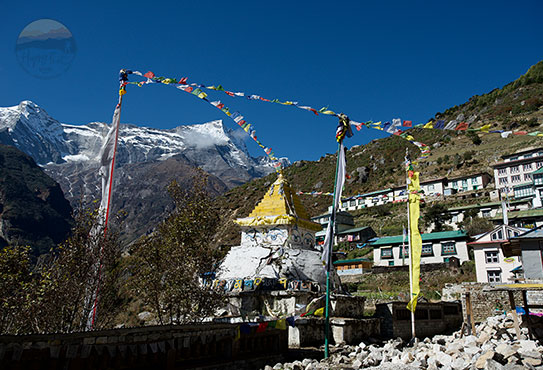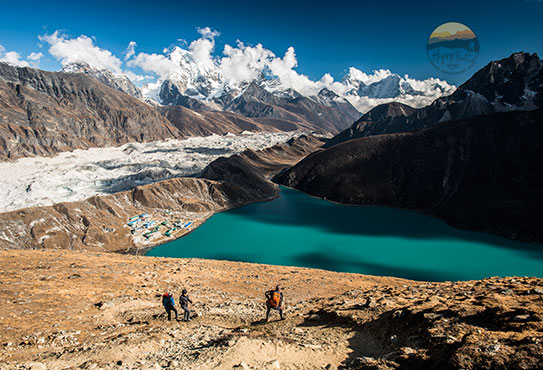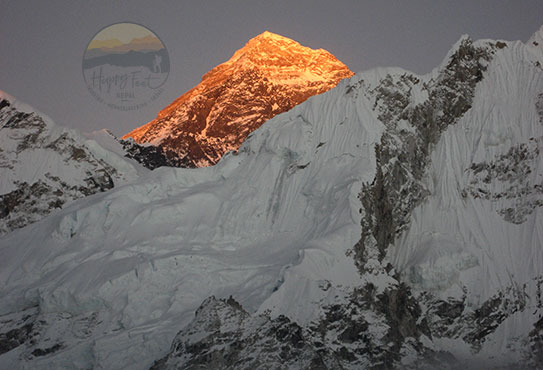-
Sunday - Friday: 9 AM - 4 PM
The trekking trails to Everest Base Camp, the tallest mountain base camp on earth, walk through the foothills and beautiful mountain valleys. The Everest region trekking also offers some lovely and easy short treks to challenging trekking routes in Nepal. The Everest Region, including Solu (the lower part) and Khumbu (the upper part), is extensively developed with Basic to Luxurious accommodation facilities, including a five-star hotel and several luxuriant mountain resorts. The second best-developed trekking region in Nepal is the Annapurna region. The Everest and Annapurna region has plenty of Lodges/Hotels to accommodate any number of tourists.
The construction of roads in the lower valley will make the area accessible and comparatively cheaper for transport. The road has already reached Surke, below the Lukla Airport. The flight to Lukla and road access also enable trekkers to spend much time in the higher parts, enjoying the scenic summits of the most famous mountains in the World. The classic Everest Base Camp and Everest Expedition trail is via Jiri, still one of the best trekking experience to Everest Base Camp using the pre-expedition trail via Jiri
Most trekkers and climbers take a short 40-minute flight to Lukla and start the trek from there. The famous trails into the Khumbu Region are Thame Valley to Gokyo Lake (sacred lakes) and ending at Lukla or Gokyo Lake Trek, the Everest Base Camp Trek, or the Everest Three Pass Trekking (crossing the beautiful mountain passes of Kongma la, Cho La, and Renjo La). There is also the option of trekking from Lukla to Namche, Thame, Khumjung, Phortse, Pangboche, and Tengboche, staying in the lower loop, suitable for comfort-looking or for amateur trekkers or those preferring to walk with family or kids or for school/college educational trips.
For those looking for a climbing experience in the Himalayas while trekking in the region, there are several 6000-meter peaks; the Phapchhermo, Lobuje Peak, and Island Peak (Imjatse Peak) are some of the most preferred ones to climb. For climbers looking for 7000-meter mountains, there are Mount Ama Dablam, Pumori, and Baruntse, the most famous peaks of the region, and several others.
The Everest region is not only about mountains and sceneries but also filled with ancient Buddhist monasteries, stupas, mani-walls (Buddhist praying carved stone walls), tiny to large Sherpa villages, and sacred meditation sites. In addition, the forests of the Everest Region are preserved under the Sagarmatha National Park. The park is home to elusive wildlife species, including skittery musk deer, pandas, snow leopards, and leopards, with stories of the fearsome yeti roaming in some areas. Himalayan tahr and barking deer are often spotted beside trails or on cliff tops.
The Solukhumbu district, or the Everest region, is the homeland of the Sherpa people. The Sherpas have become famous for their strength and skill in altitude; they work as climbing guides on all mountains in Nepal, Tibet, and Pakistan. If you trek in the Solu and Khumbu regions, the Lodge/Hotel owners where you will stay will have summited several eight-thousand-meter mountains in the World, including several times on top of Everest. However, Sherpas are also involved in all kinds of professions and businesses in the country and worldwide.
In general, it is possible to trek in the Everest Region year-round, but flights may get frequently cancelled in the summer due to the monsoon. Autumn is the best trekking season due to its clear weather and comparatively bearable temperature. However, it is the busiest time of the year, and sometimes or in some places, one may need to compete for planes and rooms. Spring is the second-best season and, for many, the first-best season; it is calmer for trekking and climbing with its long daylight period. The jungles of mid-hill Nepal bloom at this time of the year. Although it is the time to build up monsoon clouds, rain becomes more frequent, and the clear day sky remains hazy. Winter remains sunny like autumn and spring, but severe cold develops as soon as the sun sinks and remains until sunrise. Winter is the best time to walk in the mountains up to 4000 meters with perfect weather, temperature, and scenery for which Nepal is best known. Please read for more trekking info




